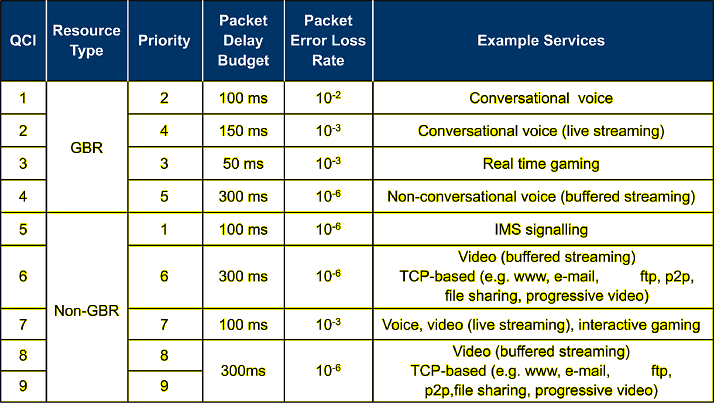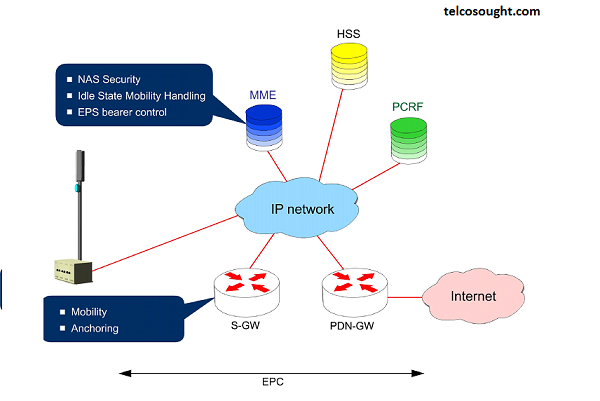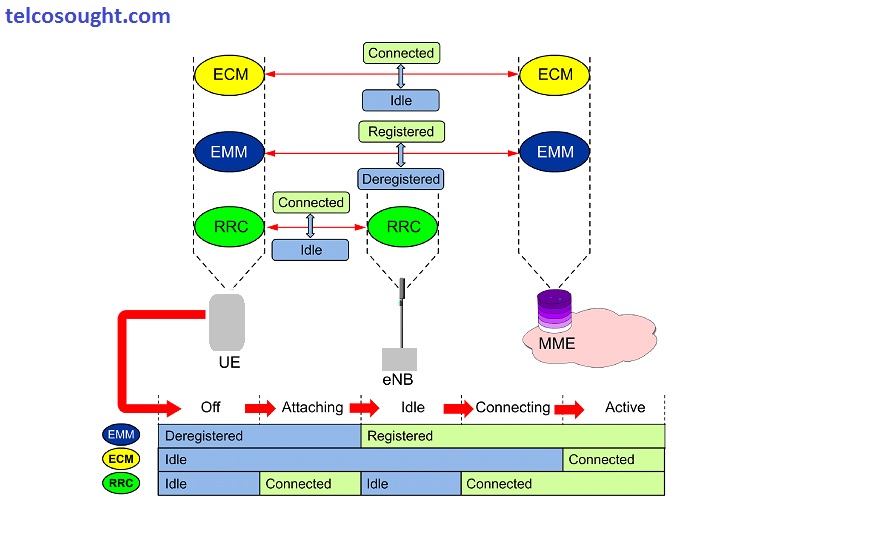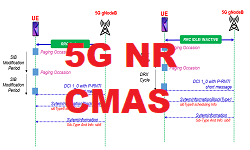EPS bearer and qos meaning in lte
In this LTE article, we learn about the eps bearer and QoS meaning in lte of an IP-CAN. And Also we learn so more here about the Eps bearer and ist QoS characteristics with diagram and examples. You can learn about Qos meaning so hat leat read it amazing article in lte4g.
Table of Contents
EPS bearer and QoS meaning in lte.
Table of Content
- EPS Bearer.
- EPS Bearer establishment.
- EPS Area Identities.
- And Is subscribers Identifying.
- EPC Interfaces and E-UTRA Protocols
The EPS as an IP-CAN
The EPS offers no services to the user apart from connectivity to an external packet data network. In this respect, the EPS can be considered to function only as an IP-CAN. The specific services that user receives are provided through service platforms that are also implemented in the external PDN.
The EPS bearer Connectivity is provided through one or more bearers. The EPS bearer defines a transmission path with a connected set of QoS parameters between the UE and the PDN-GW.
The establishment of EPS bearers is managed by the packet control resource function (PCRF) together with the MME and the eNB.
EPS Quality of Service and Qos meaning
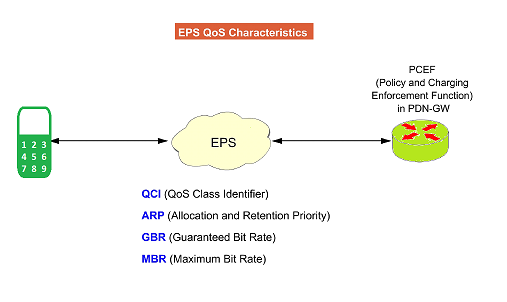
QoS in the EPS is defined by a combination of four parameters:
⦁ QCI (QoS Class Identifier)
⦁ ARP (Allocation and Retention Priority)
⦁ GBR (Guaranteed Bit Rate)
⦁ MBR (Maximum Bit Rate)
EPS QoS is applied between the UE and the PDN-GW
EPS Bearer QoS router Class Identifiers
In order that common levels of QoS can be provided in different operators’ networks, the 3GPP has defined a limited set of QoS levels that are standardized for all operators. Each QoS level is identified with a QCI value. The QoS targets for each QCI value are shown in the table. It can be seen that there is a broad division between GBR and non-GBR services. There are also targets for the delay budget and packet loss rate. Additionally, each QCI is allocated a priority level. This is used for prioritizing resource allocations at the eNB.
Collectively, the parameters associated with each QCI determine the layer 2 and physical layer configurations that are used on the air interface. For example, a GBR service with low delay requirements would make use of the unacknowledged mode of RLC, while a non-GBR service with more relaxed delay requirements but low packet loss tolerance would use the acknowledged mode of RLC.
The 3GPP has also provided guidance on the kind of services applicable to each QCI. It can be seen that in several cases the same or similar services are associated with more than one QCI. This is to allow for the possible differentiation of services as ‘standard’ and ‘premium’.
